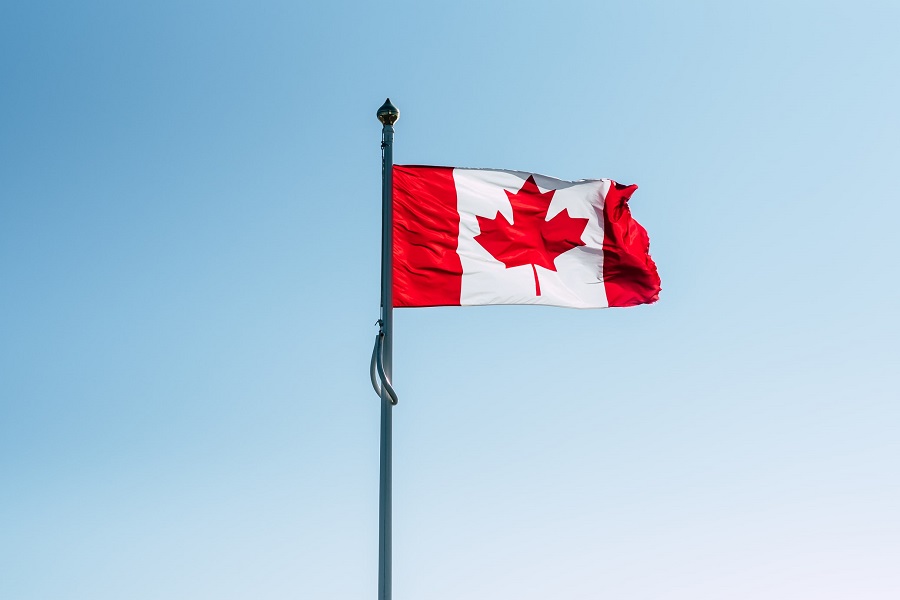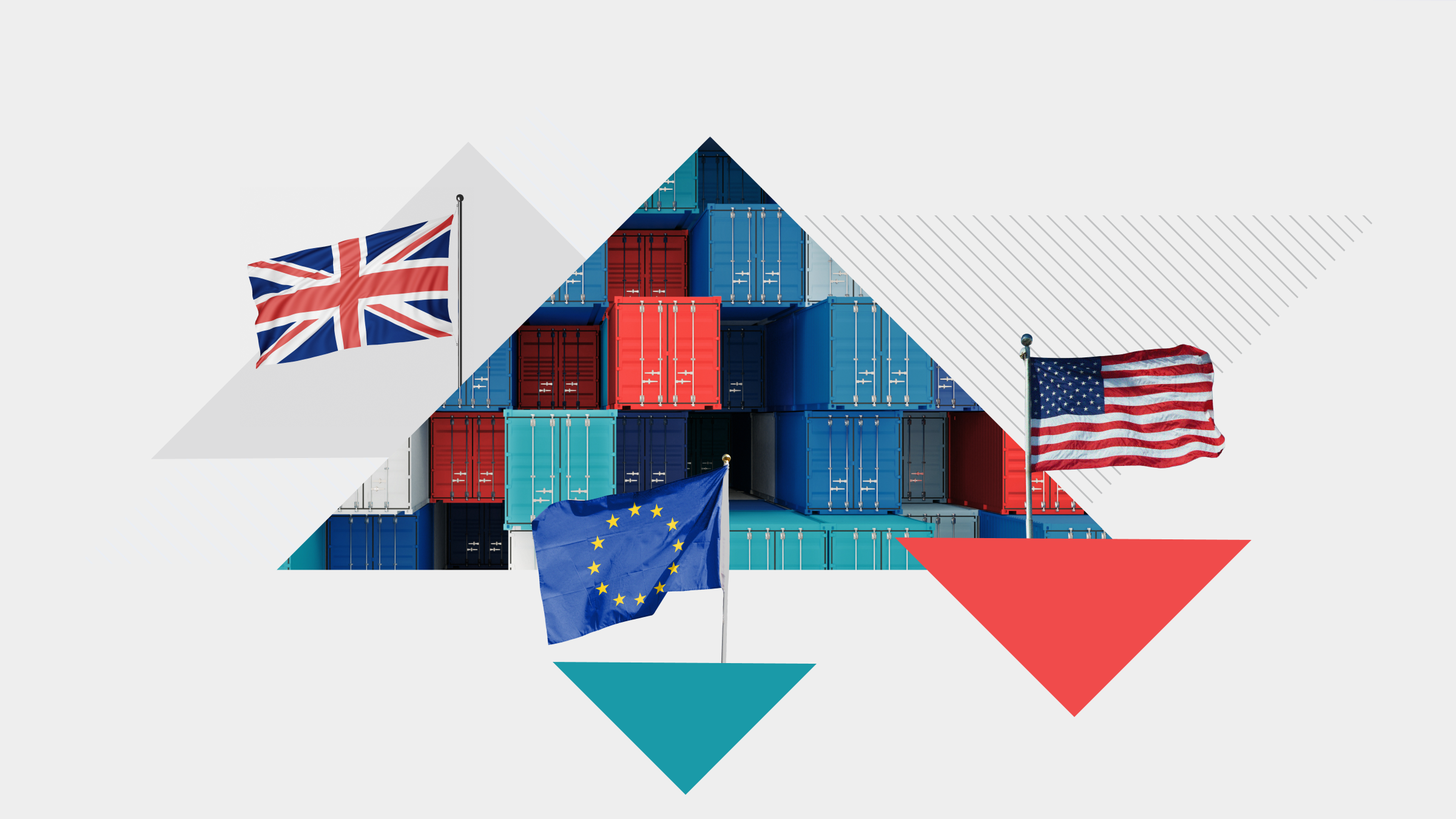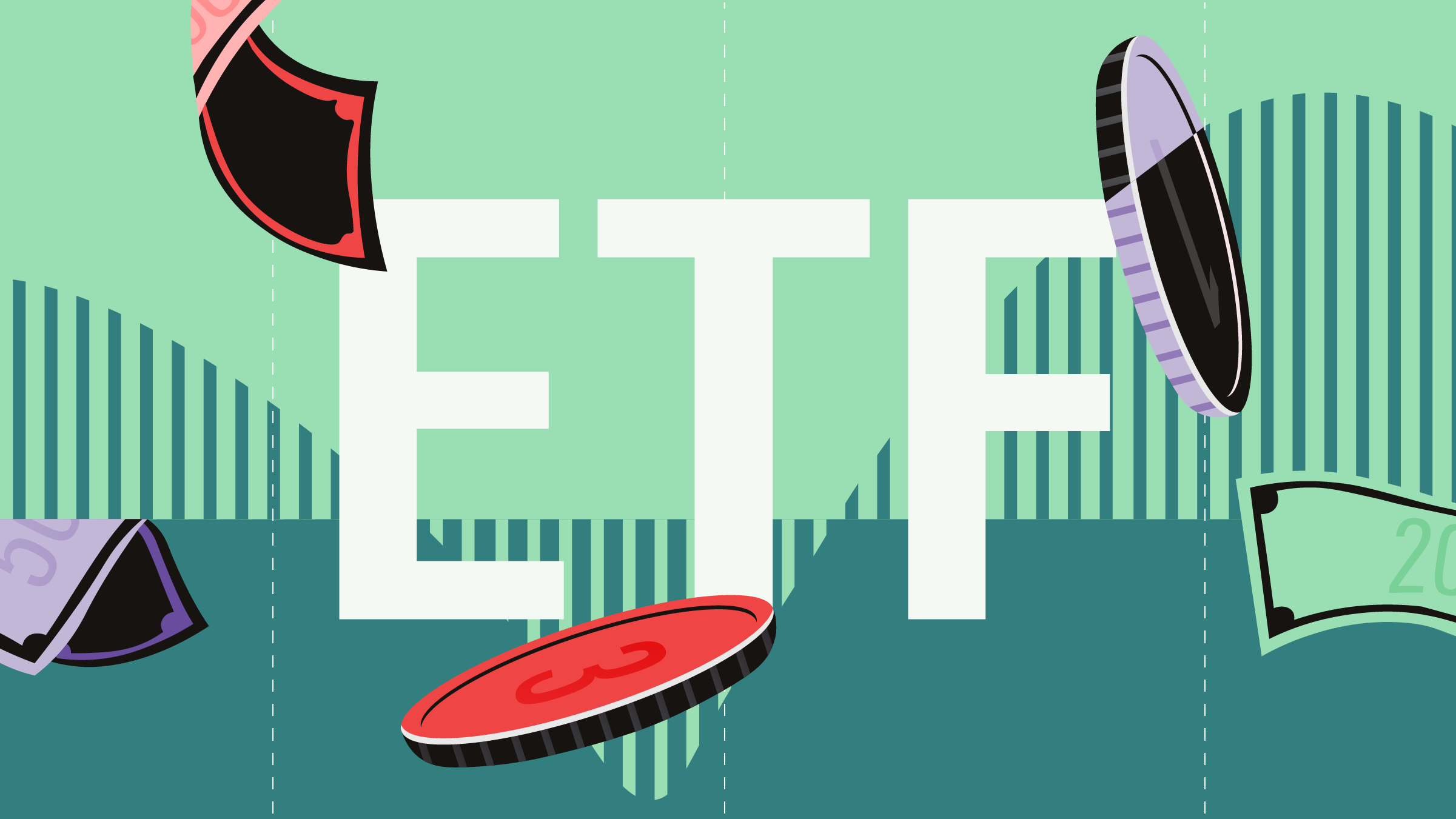
After recent market downturns, value stocks may be falling back in favour. Their ability to generate free cash flow in times of high inflation can provide resilient monthly income.
Canadian businesses that deliver value with dividends have also proven to protect on the downside. The Morningstar Canada Index (NR) fell 8.53% year-to-date as of June 27th - not bad but greatly outmatched by the Morningstar Canada Dividend Yield Focus Index (NR) and its gain of 2.53%.
Top Canadian Dividend Stocks
The flight to free cash flow has found many receptive companies, with a variety of returns year to date. As some income stocks underperform the broad market, undervalued opportunities could be forming in value stocks. Here’s what we think about the 10 top-yielding stocks we cover in Canada right now:
Keyera Stock
Keyera (KEY) takes the cake when it comes to return and yield so far this year which is why it’s one of the best Canadian dividend stocks. The midstream oil and gas operator caught rising energy price tailwinds and has a dividend payout ratio targeted between 50-70% of distributable cash flow. “By increasing its proportion of long-term contracts and maximizing utilization rates across facilities, Keyera positions itself to take advantage of more stable cash flows in the future while capitalizing on Canadian oil sands, natural gas, and NGL growth,” says sector strategist Stephen Ellis, who now sees it trading around fair value and cautions on volatility, “The firm’s marketing segment performs well in high-price environments, but it is also exposed to commodity price fluctuations.”
IGM Financial Stock
In second place for yield, while not quite for return this year, IGM Financial (IGM) has been strong on the dividends but less so on the organic growth. “While IGM Financial has historically generated solid operating margins and maintains a leading share in the Canadian mutual fund market, we've been less than impressed by its ability to generate organic growth,” says sector strategist Greggory Warren, who now sees the stock at a four-star discount and highlights the strength of the distribution network of 3,000-plus consultants at Investors Group. Warren also expects IGM Financial to continue to look for bolt-on deals, like GLC Asset Management Group last year, to expand its asset base, product offerings, and channel and geographic reach.
Enbridge Stock
Enbridge (ENB) is set to continue a strong year with a “utility-like” earnings profile, says Ellis, “The firm's most important asset, its Mainline system, controls over 70% of Canada's takeaway capacity and is linked to highly complex U.S. refineries that value heavy oil, meaning demand remains secure in the near to medium term despite the increase in U.S. light oil production.” Ellis sees the stock as fairly valued and awaits news of future pipelines which could be unlikely for a few years with legal challenges and opposition from indigenous groups, “Enbridge's size and high profile invite challenges for new projects, which we expect to become a permanent feature.”
More Great Canadian Dividend Stocks
All of the financial services giants, Great-West Lifeco (GWO), AGF (AGF), Manulife (MFC), Power Corporation (POW) and Bank of Nova Scotia (BNS) fell this year, while also entering into undervalued territory. In the insurance space, Great-West dominated with the highest returns on equity. Rajiv Bhatia attributes Great-West’s results to “disciplined underwriting strategy and expense management”. The company’s performance has helped generate a dividend payout ratio of around 40%-70% in recent years, which is on par with peers in the insurance sector.
AGF (AGF) has also boasted a strong yield, but the asset manager has been drawing on shrinking AUM, down 4% from the previous quarter in May, and 1.3% year over year. In recent quarterly results, however, there was little to alter our long-term view of the company. “While we believe that AGF Management's struggles are far from over, we feel that the firm is on the right track,” says Warren.
Manulife (MFC), another insurer with strong dividends posted the best stock returns among its peers but fell short on ROE, “While Manulife has attempted to reposition itself from the global financial crisis, it is still arguably the worst-positioned of the three as it generally has the lowest returns on equity,” says Bhatia. Still, the company trades around a 21% discount as of June 28th, and the company’s wealth and asset management wing is set to benefit from higher interest rates.
Since Power Corp. (POW) is a holding company with stakes in both Great West (GWO) and IGM (IGM), it comes as no surprise it posted returns somewhere in the middle. “The majority of Power Corp.’s value is derived from life insurer Great-West Life which we rate as having no moat,” says Bhatia while adding, “We do rate IGM Financial as having a narrow moat.”
Rounding out the last of the financiers, narrow moat Bank of Nova Scotia (BNS) has a healthy focus on dividends, says strategist Eric Compton, while also noting that Scotiabank has been spending a lot on its technology and communication expenses. “We think these efforts will ultimately pay off in the form of improved operating efficiency, customer engagement, and internal sales coordination,” says Compton. “This leads us to believe that returns on tangible equity near 16%-17% are maintainable over the longer-term for the bank.”
Faring better than the banks, BCE Inc. (BCE), has been investing heavily to upgrade its Bell wireline network by extending fibre internet which equity analyst Matthew Dolgin thinks positions the firm to take share. BCE also remains a leader in providing wireless service, and perhaps more so with the planned sale of Freedom mobile. The move would be beneficial to Bell, says Dolgin, which otherwise would’ve been mandated to wholesale network access nationally to an insurgent Quebecor (QBR.B) for as many as seven years even if Quebecor had not bought Freedom from Shaw Communications (SJR.B).
Last, but first in terms of returns year-to-date we have Pembina Pipeline Corp (PPL) with a strong dividend attributable to a business that is fairly evenly divided between oil, gas, and natural gas liquids, offering energy investment diversity. The capital allocation at Pembina, however, is lacking on the growth front through acquisitions and bolt-on opportunities in new markets, notes Ellis. “While we’d consider the overall asset quality of the firm to be solid, the returns on these investments have been at best challenged with significant assets already in decline and key projects effectively cancelled, says Ellis, “The biggest plus, in our view, is Pembina’s dividend policy, which was ahead of many U.S. peers by years.”





















